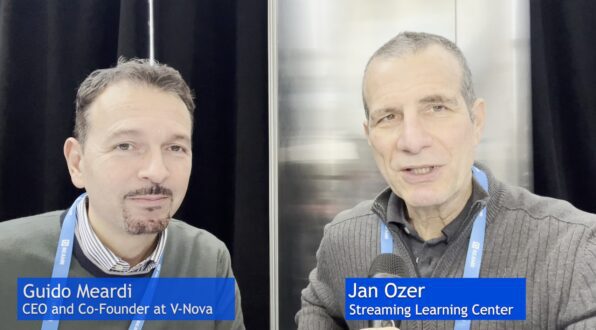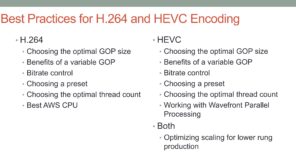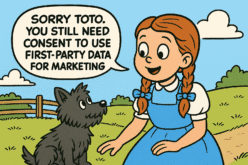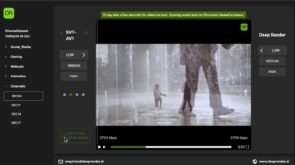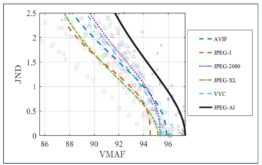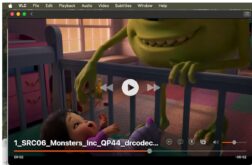In this interview from Mile High Video 2025, Jan Ozer from the Streaming Learning Center speaks with Guido Meardi, co-founder and CEO of V-Nova, about the latest developments in video technology, extended reality (XR), and artificial intelligence (AI). V-Nova is known for its work in video compression, particularly LCEVC, and its innovations in immersive experiences and generative AI. Guido shares his perspective on how these technologies influence the broadcast and streaming industries.
You can watch the interview on YouTube here, and it’s embedded below. Some of Guido’s comments are edited slightly for readability.
Contents
LCEVC Deployment in Brazil’s TV Plus Standard
The discussion started with the deployment of LCEVC in Brazil as part of the new broadcast standard, commercially named TV Plus. Guido explained that this is a full-scale deployment, not a trial or test, and will reach hundreds of millions of people. According to Guido, TV Plus is “the most sophisticated broadcast standard ever” because it uses the best available technologies, including a combination of VVC and LCEVC for video coding.
Guido explained that TV Plus also features immersive audio with MPEG-H, interactive elements for monetization, and a unique “minimal delivery in the physical layer” for efficient spectrum usage. He stated, “This will allow… channels of ultra HD, p60, HDR, immersive audio within ten megabits… without antennas on the rooftops.”
Guido emphasized the significance of this deployment for LCEVC adoption, noting that it involves major chipset manufacturers like Realtek and MLogic, which are integrating LCEVC support into their chipsets. This includes both hybrid software-hardware models and full hardware ASICs in the future. Guido stated that this deployment is important not only for Latin America but for the global broadcast industry because it demonstrates LCEVC’s scalability and viability for widespread use.
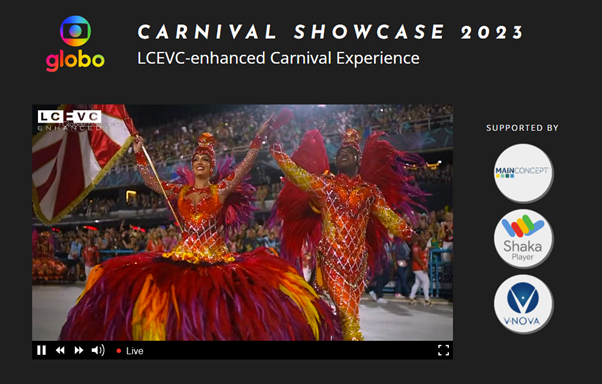
Integration of LCEVC and VVC into ATSC 3.0
Guido also discussed the integration of LCEVC and VVC into the updated ATSC 3.0 specification. He noted that this development is significant because ATSC 3.0 is used in North America, South Korea, and parts of Africa. According to Guido, the integration follows a pattern similar to Brazil’s deployment, bringing the same combination of technologies to these markets.
“It’s the first time that we have… an American standard shaping up… plus Korea and parts of Africa,” Guido explained. He emphasized that ATSC 3.0 now includes the same codecs as TV Plus, namely VVC and LCEVC. He suggested that this integration represents a significant step for the industry and will influence future broadcast standards worldwide.
The Continued Relevance of Broadcast Technology
Guido argued that broadcast technology remains highly relevant despite the growth of streaming and user-generated content. He emphasized that broadcast can still play a vital role, especially when using advanced technologies for efficient spectrum usage and high-quality delivery.
“Broadcast is not dead… it’s alive, especially when you use all the best technologies,” Guido stated. He highlighted that modern broadcast methods, like those used in TV Plus and ATSC 3.0, maximize the value of spectrum and are well-suited for delivering high-quality content to mass audiences.
V-Nova’s Broader Technology Portfolio: Beyond LCEVC
While LCEVC is a key focus, Guido clarified that V-Nova is involved in a range of technologies. “V-Nova is a technology powerhouse… we have 1,200 patents,” he stated, noting three main areas of activity: video compression, XR, and AI.
Extended Reality (XR) Innovations
Regarding XR, Guido mentioned that V-Nova is working on immersive experiences using a volumetric format that allows six degrees of freedom, enabling users to move freely within high-quality CGI environments. “It’s possible now to be inside those movies and move around like in a video game,” Guido explained. He noted that V-Nova has partnered with NVIDIA to optimize the delivery of these experiences using NVIDIA’s GDI technology.
Guido described this as a new way to experience computer-generated imagery (CGI) and visual effects (VFX), with potential applications in movies, gaming, and interactive content. He emphasized the capability to maintain cinematic quality while allowing user interactivity.
AI and Generative AI Advancements
Guido shared that V-Nova is also leveraging its video compression technology to optimize generative AI models and that V-Nova’s hierarchical, massively parallel data models are compatible with how AI works. He stated, “AI is hierarchical, massively parallel… being able to access and process the data in that way speeds up AI, eliminates memory bottlenecks, processing bottlenecks, decoding bottlenecks.”
Guido noted that V-Nova’s approach is particularly effective for visual transformers, which are commonly used in generative AI. The company is collaborating with NVIDIA to enhance both training and inference for AI models, focusing on visual data applications.
Insights on VVC Adoption and Mobile Applications
Guido provided his perspective on VVC adoption, emphasizing its importance in broadcast and mobile applications. He explained that combining LCEVC and VVC is proving effective in Brazil and that the same benefits can be applied to mobile devices. “Even when hardware decoding isn’t available, the combination… makes it possible to decode with sustainable battery consumption,” he said.
He also mentioned that V-Nova is working on applications in mobile markets, particularly in Asia, where VVC and LCEVC can be deployed at scale. Guido highlighted the advantages of faster encoding and lower battery usage, making it feasible to use VVC for mobile streaming and broadcasting.
Experience at Mile High Video 2025
Guido spoke highly of Mile High Video, describing it as an intellectually stimulating event with visionary presentations. “It’s a beautiful show from an intellectual point of view… you can really see what’s coming, not just this year, but five years down the road,” he said.
He appreciated the opportunity to engage in deep, meaningful conversations with industry partners, contrasting this with shorter meetings at larger trade shows. Guido emphasized that Mile High Video is crucial for V-Nova’s open innovation strategy, noting, “We are partnering with 52 companies. Most of them are here.”
 Streaming Learning Center Where Streaming Professionals Learn to Excel
Streaming Learning Center Where Streaming Professionals Learn to Excel

